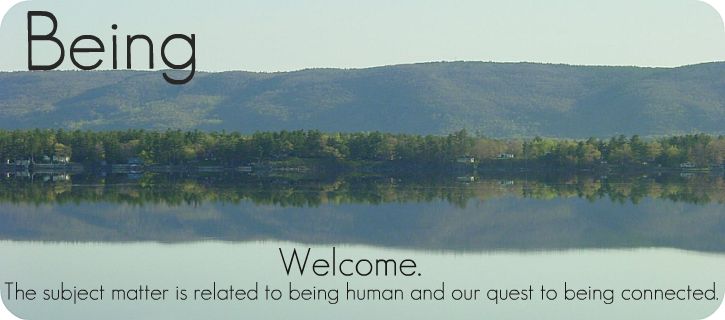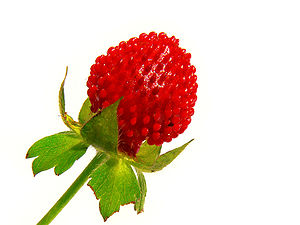
I had a lovely lunch with Sat Hari recently and she has given me permission to print this interview between her and Donna Hinda.
In the Spring of 2008 I invited a number of my girl friends to a workshop in my home on the "Ins and Outs of Breathing". It was an incredible experience. The techniques I learned that evening continue to enhance my life. I am pleased to be able to share this information with you.
This interview was published in Tone Magazine. Donna Hinda is a writer, book artist, and master communicator who lives in northern California. She’s been a group trainer and facilitator, teacher, editor, mail carrier, and outdoor educator, and her new career is battling US bureaucracies.
Donna: I’ve known Sat Hari Kaur Khalsa for twenty-five years. We’re each other’s neutral-minded sounding board whenever we need to prepare for a crucial conversation or compose an important letter. Our cross-continental conversations are long and legend. Being friends and both being writers, we work and play well together and have collaborated on some major projects, including her book The Ins and Outs of Breathing. As I edited her book and asked her to explain and justify, I came to learn that she has expert knowledge of the technology of yogic breathing. So when she said she wanted to write an article for Tone Magazine about breathing and the work she does and asked if I’d work with her on it, the format of conversation seemed natural, and I said I would be happy to interview her.
Donna: You’re doing a workshop on breathing at the MacLaren Centre on Sunday, October 30.
Sat Hari: It’s called “The Ins and Outs of Breathing,” like the book, which is included for a take-home reverence guide. The workshop runs from 10:00 am to 6:00 pm on Sunday, and there’s an introductory session on Friday evening from 7:00 to 9:00.
Donna: Let me play devil’s advocate and ask, since everyone breathes, why should people go to a workshop on what they already know?
Sat Hari: There’s more to breathing than meets the eye. For starts, in my experience, most people breathe inefficiently or incorrectly, some of them for decades; and most of them are totally unaware of it. For those people, starting with the basics of coordinating muscle movements with breathing can be one of the most important thing they’ll ever learn. When the basics are handled – and even before they’re mastered – people can learn to use breathing as a quick and effective de-stressor and as a powerful vehicle for meditation and higher states of consciousness.
The breath can do a lot and a lot that nothing else can do. It’s the only thing I know that can simultaneously relax you and energize you. It massages internal organs, gets rid of toxins, and facilitates healing. It can make your brain sharp; get you high; reduce pain, fear, and anger; and put you in a state of self-hypnosis. It’s free, it’s legal, there are no bad side effects, it works immediately, and you always have it with you.
Learning to breath slowly and deeply allows us to think more clearly, and we feel calmer. It’s an instant and powerful de-stressor and antidepressant. If we slow and deepen our breathing for several minutes, our bodies show fewer physiological signs of stress. Our saliva becomes less acidic, which reduces tooth decay. We produce more oxytocin, the so-called calming and connecting hormone. That enhances the body’s natural healing powers, reduces the sensation of pain, heightens our awareness, makes us feel more loving, and can create a totally natural altered state of consciousness.
Yogic breathing increases feelings of aliveness, makes organs function better, facilitates calm and accurate communication, and puts one in touch with the true self. I’ve had asthmatic students in my yoga classes who told me they improved 80% from Kundalini Yoga and practicing only two or three yogic breaths. Are those enough reasons to learn about breathing?
Donna: That sounds so vast, How do you get all that into one workshop?
Sat Hari: There’s so much I could share that I always wish there were a few more hours. What I do in the workshop is to present techniques, principles, information, awareness training, and opportunities to experience breathing in a variety of ways. Within the structure, I like to allow enough flexibility to meet the individual needs of the people who show up.
If I can introduce several breathing techniques in the context of how the body works and give people a real experience of those techniques, then breathing becomes the teacher they’ll go home with, and I’ll have done my job. It’s people’s own experience rather than a workshop or a teacher that teaches and inspires them to keep up. And breathing is, I think, a teacher without equal.
Donna: Without giving away the workshop, can you give me and the reader a taste of it, maybe a breathing technique that we could practice and experience an effect from?
Sat Hari: Sure. Once every hour take three to ten long, slow, complete breaths. Here are some tips for how to do that: Fill your lungs the way you’d fill a glass with water: Fill the bottom first, then the middle, up to the top. Reverse that order as you exhale.If you notice tension anywhere in your body, consciously relax that part. And notice yourself before and after you do it.
Donna: Is breathing an important component of the other work you do – your Kundalini Yoga classes and the counseling?
Sat Hari: It is – because it’s such an important part of life, and the way we breathe underlies all our experiences, everything we do, and our very consciousness. But the emphasis is different in the different modes. In breathwork classes and workshops, the focus is on breathing, so all the work is geared to that. When counseling clients want to improve relationships or feel better about themselves, I don’t launch into an exposition of the physiology of respiration, but I’ll watch for breathing patterns and
often recommend or teach long deep breathing to reduce stress or heighten awareness.
In Kundalini Yoga classes breathing is integral to the exercises. But, because I was a reverse breather for nineteen years and because breathing taught me so much, I probably emphasize it more than most teachers do. I start with breathing and work with new students to correct any problems right off the bat. I give them breathing homework and then monitor them until the changes become habitual.
Donna: There’s another type of work you do – stress reduction training. Stress is a topic we can all relate to. I know you have a story about using breathing to handle dental anxiety that you love to share.
Sat Hari: I had teeth taken out and three titanium screws drilled into my jaw bone. It felt like I had a jack hammer in my mouth. I had local freezing for pain but did the one-minute breath meditation to handle my freak-out level anxiety. I was so un-stressed that I was in an altered state of consciousness. The surgeon was so impressed with how relaxed and calm I was without drug sedation that he asked me to lead an in-service training with the clinic staff. And it’s not that I’m such an adept – I’m not – it’s that the technology works.
Donna: So: is breathing a cure-all?
Sat Hari: I wouldn’t use that term, but it sure comes close. Full, complete breathing has a direct and immediate effect on what we call the body, the mind, and the spirit. Organs function better, the mind calms and sharpens, feelings of well-being and aliveness are heightened, pain is reduced, the body’s healing processes start to work, awareness and higher consciousness are enhanced, and breathing with awareness is a meditation.
Donna: So what’s not to love?! [laughter]
Sat Hari Kaur Khalsa is a holistic psychologist, a certified Kundalini Yoga teacher and teacher trainer, and the author of The Ins and Outs of Breathing. She practices yoga therapy and individual and family counseling and leads classes and workshops on yoga, breathwork, and stress reduction. She can be reached through emailing me.


![Reblog this post [with Zemanta]](http://img.zemanta.com/reblog_e.png?x-id=8c0aca82-14be-4498-b16c-d3db46b05c0d)

![Reblog this post [with Zemanta]](http://img.zemanta.com/reblog_e.png?x-id=8bf65eb4-3762-49ca-9cb0-15514f6685f3)


